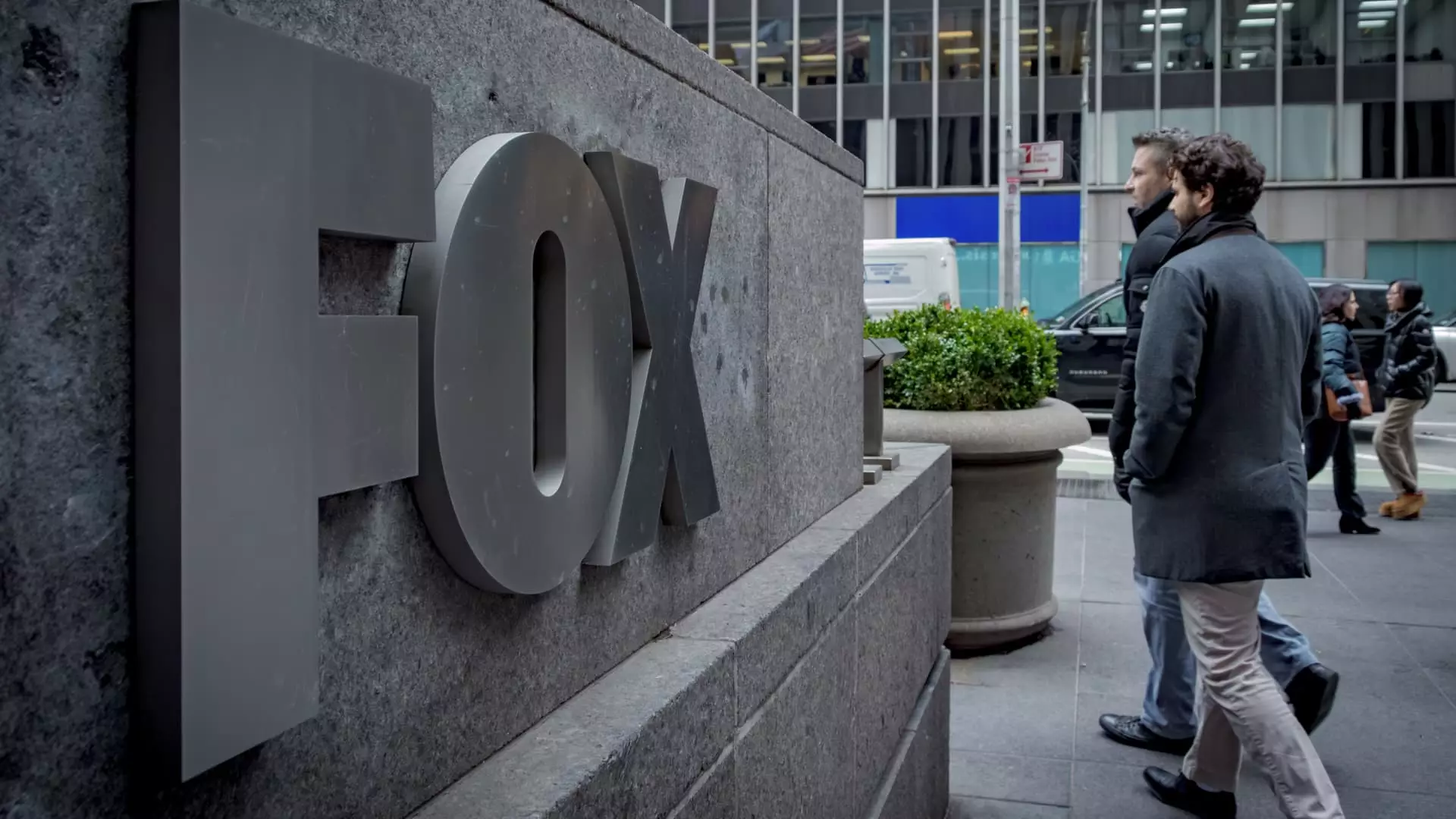In an era dominated by aggressive streaming wars and relentless content diversification, Fox’s decision to launch Fox One feels surprisingly conservative. Instead of jumping headfirst into the fray with heavy investments in exclusive sports rights or original programming, Fox opts for a restrained approach centered around existing content. With the upcoming NFL season serving as a natural hook, the timing clearly aims at capturing some of the mainstream sports viewership without risking significant resource drain. Fox’s leadership demonstrates a clear awareness of their limitations—a recognition that they lack the broad streaming infrastructure or extensive exclusive content roster that competitors like Disney or ESPN boast.
This cautious launch suggests Fox is taking a measured step, possibly aimed at testing the waters rather than dominating the streaming landscape outright. Rather than flooding the platform with unproven exclusives, the focus on existing, well-loved offerings like NFL, MLB, and news implies a desire to build on proven assets. Such prudence, though may seem modest to some, underscores a strategic resistance to overreach—particularly given the ongoing fragmentation of the media industry and the risks of diluting core brand value.
Price Positioning and Market Philosophy: A Balancing Act
The $19.99 monthly fee for Fox One positions it as a premium streamer—an intentional choice that distances it from the free, ad-supported Tubi and the relatively lower-priced ESPN+ competitor. Unlike traditional streaming explosions driven by steep discounts and free trials, Fox’s pricing hints at a rejection of the ‘race to the bottom’ mentality that has destabilized the streaming ecosystem. Instead, Fox seems to embrace a middle ground: delivering a curated portfolio of sports and news aimed at loyal, perhaps even affluent, viewers willing to pay for quality and familiarity.
This pricing approach can be read as a statement: Fox isn’t chasing high volume at all costs. Rather, it’s banking on a niche audience—self-identified sports fans and news consumers—who value stability and the reassurance of existing brands. Such positioning aligns with their overall strategy of protecting their franchise assets, minimizing distribution overlaps, and avoiding the cannibalization of their traditional pay TV model. In so doing, Fox hopes to strike a balance between profitability and consumer convenience without eroding the integrity of its core content.
The Future of Bundling and Content Strategy: Strategic Prudence vs. Missed Opportunities
While Murdoch speaks of bundling Fox One with other streaming services, the company’s intent appears to be cautious rather than aggressive. Fox’s reservations about fragmenting its audience or damaging its traditional pay TV relationships reflect a clear understanding of industry trends—namely, that aggressive bundling can dilute brand value and alienate long-term subscribers. Instead, Fox seeks to offer targeted, valuable options that complement existing packages without exacerbating consumer fatigue or subscription fatigue.
This middle-of-the-road stance reveals a broader philosophy: Fox recognizes that being “too aggressive”—by offering overly broad bundles or pushing into untested exclusive content—could backfire. Instead, they prefer a leaner, more focused portfolio that complements their established strengths. While competitors like Disney are expanding their streaming empires, Fox is opting for a more refined, fiscally cautious strategy. This move might be criticized as less ambitious, but it also reflects a mature acceptance of the industry’s transitional phase, where over-extension can threaten the validity of core assets.
The Bigger Policy Question: Is Fox Choosing the Smarter Path?
Ultimately, Fox’s approach raises an intriguing debate: Is their strategy of cautious incrementalism the wisest course in an unpredictable digital future? In an industry where giants spend billions chasing exclusive sports rights or creating proprietary content, Fox’s restraint might seem underwhelming. However, it could also demonstrate a deeper understanding of their niche—focusing on what they do best and avoiding the pitfalls of speculative, high-cost gambles.
By prioritizing existing content, leveraging their strong news and sports brands, and avoiding the pitfalls of overinvestment, Fox positions itself as a steady player rather than a reckless competitor. While this means they may cede some short-term growth to more aggressive rivals, they also mitigate the risk of bloated expenses and content obsolescence. Their careful navigation suggests a belief that, sometimes, smarter restraint in the face of chaos leads to longer-term stability—an approach that a centrist, pragmatic perspective supports, rather than a blindly optimistic or overly aggressive stance.
While the industry continues to swirl amid uncertainties, Fox’s measured, content-focused path might just be the more resilient choice, proving that sometimes subtlety and strategic restraint trump superficial expansion and headline-grabbing deals.

